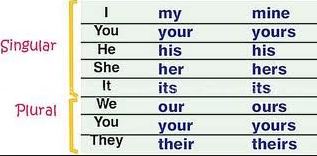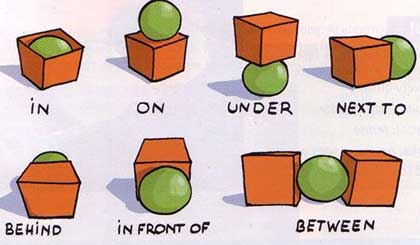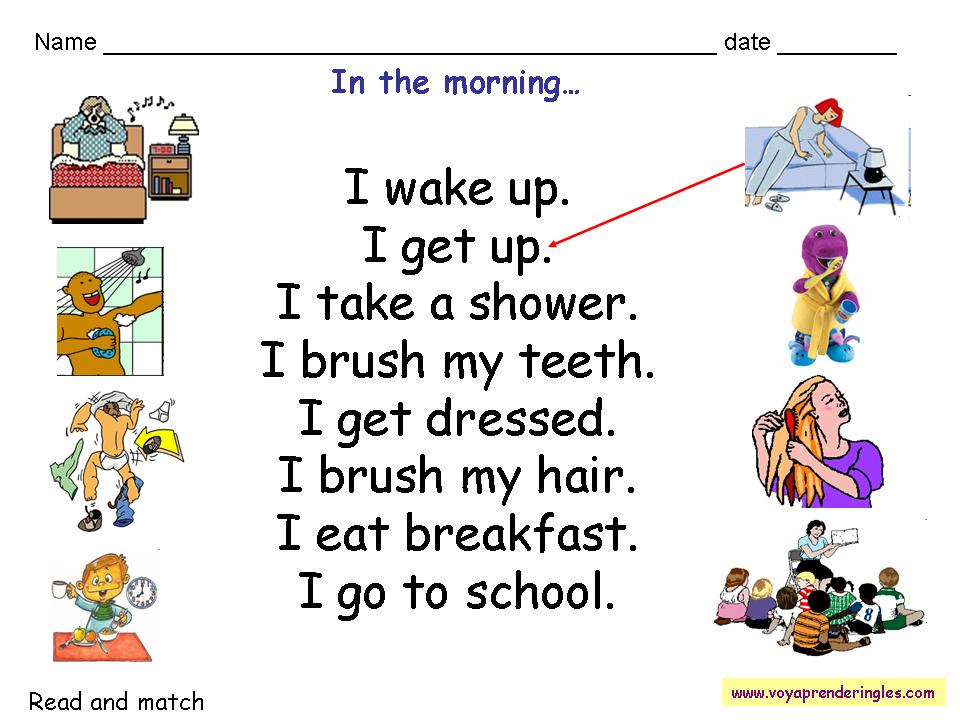
Adjetivos Posesivos en Inglés - Recursos Educativos en inglés
Gramática Inglesa - English Grammar
¿Cómo se usan los adjetivos posesivos en inglés?
Como sabes, cuando quieres aprender un idioma, además del vocabulario que necesitas recordar para poder expresarte, es igual de importante conocer las reglas gramaticales que definen el idioma.
Esta vez, vamos a hablar de adjetivos posesivos en inglés.
Para expresar una idea de posesión o pertenencia se utilizan adjetivos posesivos o pronombres posesivos. Los adjetivos posesivos en inglés se usan cuando queremos enfatizar la pertenencia. Por ejemplo: "Este es mi perro".
** Diferencia entre adjetivos y pronombres posesivos en inglés: El adjetivo califica un sustantivo: "my father - mi padre" mientras que el pronombre reemplaza un sustantivo: "your father is younger than mine - tu padre es más joven que el mío".
Ejemplo: her name is María - their names are María and Elena
Notarán que en inglés, no se hace ninguna distinción entre el singular y el plural, ni entre el femenino y el masculino, ya que estas nociones no existen.
La única diferencia notable se encuentra en la tercera persona del singular, donde el adjetivo utilizado es diferente dependiendo de si el poseedor es masculino, femenino o ninguno de los dos géneros.
Y como siempre es más fácil aprender con ejemplos, aquí hay algunos:
Let me introduce you to my mother.
Déjame presentarte a mi madre.
Have your friends booked their summer holidays?
¿Tus amigos han reservado sus vacaciones de verano?
The dog is playing with its ball.
El perro está jugando con su pelota.
What is Jenny doing? He is preparing his new cake recipe.
¿Qué está haciendo Jenny? Está preparando su nueva receta para el pastel.
Our passports have been stolen in the subway.
Nuestros pasaportes han sido robados en el metro.
-
🔆 También te puede interesar:






